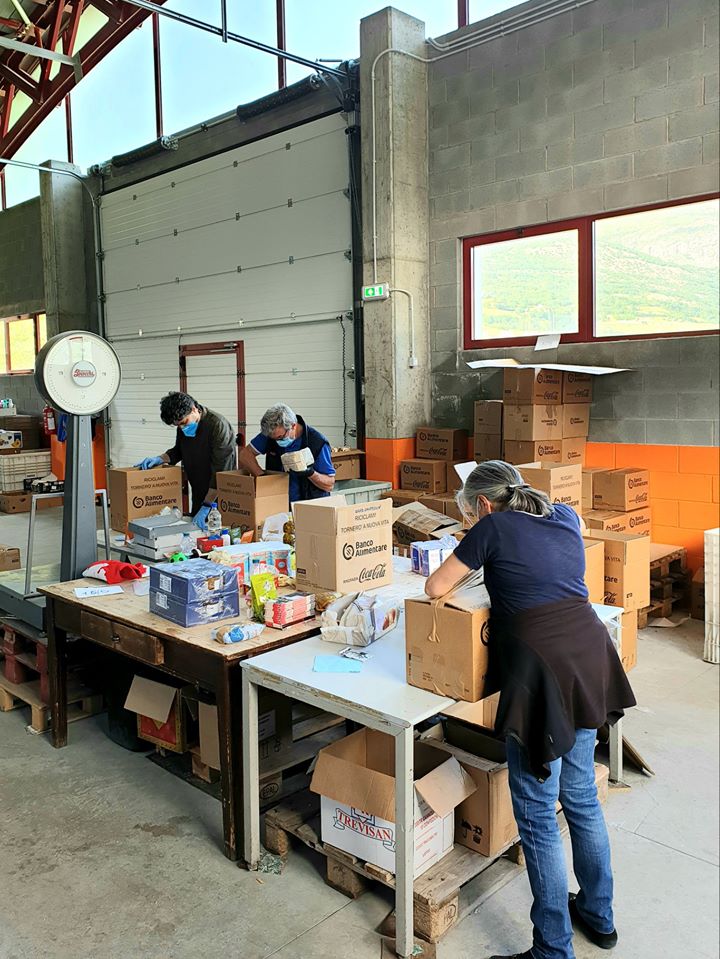In the last four years, the number of people suffering acute hunger rose from 80 million to 135 million people. The pandemic could drive 130 million more people into that state by December 2020, due to a mix of factors including unemployment, declining exports and war.
Many people, mostly in the informal economy or service and manufacturing sectors, have lost their job during the lockdown. According to the International Labor Organization, the pandemic will have caused a loss of working hours in April, May and June equivalent to that of 305 million full-time jobs.
The pandemic also creates challenges for food-importing countries, due to the decline in export revenues and incoming remittances.
In countries already besieged by climate crises and economic instability, the pandemic is making hunger much worse. And this is the same for people trapped in war zones who almost completely rely on humanitarian assistance.
Throughout history, when people have faced wars, natural disasters and unbearable hunger, they have migrated in the hope of finding safety, food and opportunity. Analysis from the World Food Program shows that refugee outflows increase by 1.9 percent for each percentage increase in acute hunger. As acute hunger is set to rise by nearly 50 percent, there is a high probability that we will soon see a wave of refugees leaving their countries and trying to reach the United States and Europe.
Famines are not about food availability; they are about physical and economic access to food. The pandemic has worsened both. Governments need to ensure that the production and supply of food is not disrupted.
Source here




